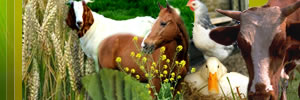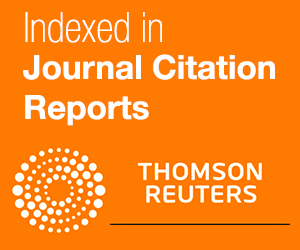RECENT TRENDS IN DIAGNOSING POISONING IN DOMESTIC ANIMALS
R. Russo, B. Restucci*, and L. Severino
Department of Pathology and Animal Health, Division of Toxicology, *Division of Pathology, University of Naples Federico II, via Delpino 1, 80137, Naples, Italy.
Corresponding author: e-mail: lorella.severino@unina.it
ABSTRACT
In Veterinary Medicine, suspected poisoning often cannot be detected and certified by a Toxicology Laboratory due to many procedural errors and unclear requests for analysis. Therefore, the current study provides guidelines to obtain a definitive diagnosis on poisoning in domestic animals illustrating the multi-step approach to achieve such goal. The Authors describe the components and procedures needed for acquiring a good clinical anamnesis. Moreover, the utility and modality to perform a necropsy are described along with the method to collect and dispatch biological materials to Veterinary Toxicology Laboratory. At the end, the analytical techniques currently employed in detection of major toxic substances, responsible for frequent poisoning in domestic animals, are briefly described.
Key words: Toxicological diagnosis; poisoning; necropsy; domestic animals.
|





